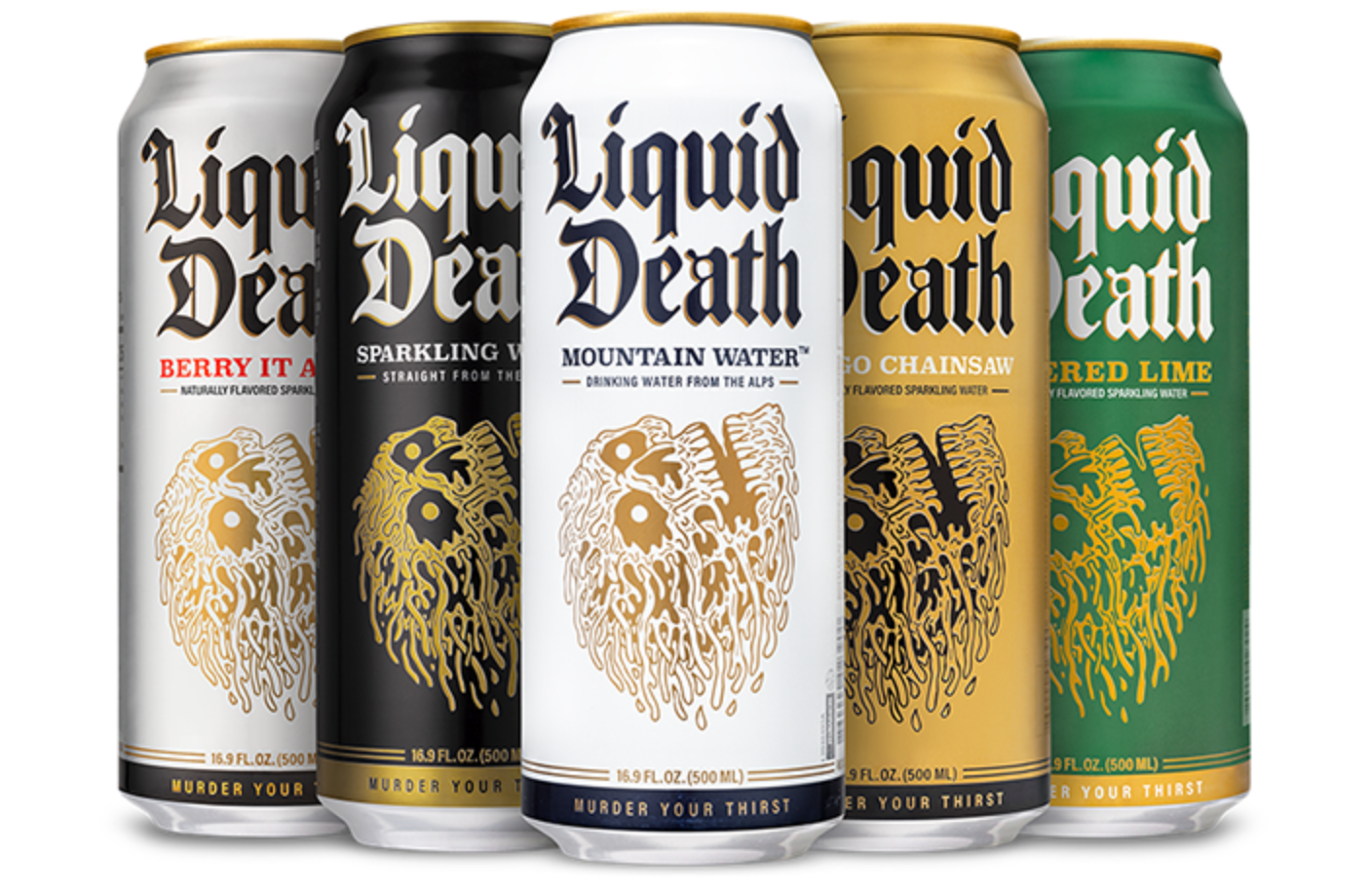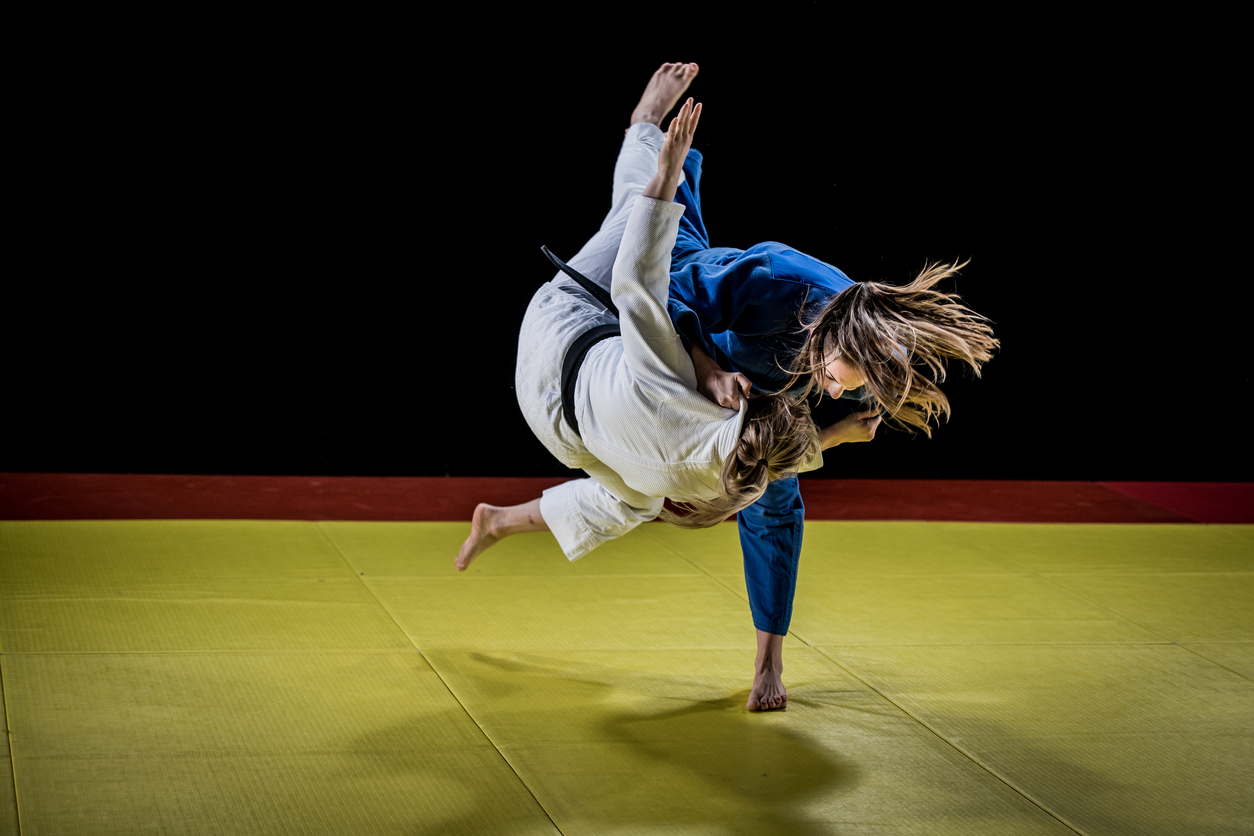If you’re in a challenger position in your market, the goals are typically to take customers from your competitors, including the leader, and convert non-users into customers. These goals can be accomplished by leveraging your strengths and exploiting the competition’s weaknesses. A unique and underutilized approach for exploiting the competition’s weaknesses has been described as Judo strategy.
Judo is a modern Japanese martial art based on the principle of maximum efficiency with minimum effort. Judo’s creator, Kano Jigoro, describes the core Judo principle this way: “In short, resisting a more powerful opponent will result in your defeat, whilst adjusting to and evading your opponent’s attack will cause him to lose his balance, his power will be reduced, and you will defeat him. This can apply whatever the relative values of power, thus making it possible for weaker opponents to beat significantly stronger ones.”
Utilizing this principle in a competitive business arena involves three techniques:
1. Movement: Transition customers to value skill versus sheer size, attempt to look benign, and practice guerilla warfare by avoiding head-to-head confrontation.
2. Leverage: Transform the leader’s strengths into weaknesses (e.g., scale-> inability to customize; national -> lacks local knowledge and relationships)
3. Balance: Define the boundaries of the game by the places you can win and play your game—a different game—than the opponent’s game.

Judo emphasizes the use of the opponent’s strength and weight as a means to defeat them, while conserving your energy and resources. It professes that technique can outperform sheer power. When you first hear the words “Liquid Death,” many unsavory things come to mind, but bottled water is likely not one of them.
The global bottled water market size is estimated at $283 billion and is forecasted to grow at a compound annual growth rate of 6.7%. It’s dominated by large players including National Beverage Corp.’s LaCroix, and PepsiCo Inc.’s Aquafina and Bubly to name a few. The large players have scale (they can be purchased nearly everywhere), size (plenty of money for traditional advertising), and branding that evokes a serious approach to life, health, and tranquility in pristine plastic bottles.
Liquid Death would not be able to successfully compete against their much larger competitors by taking the same approach. They have used non-traditional marketing skills versus competitors with much deeper pockets to begin carving a place for themselves in the market by turning the traditional player’s strengths into points of stark contrast. Start with the beer- or energy drink-like cans adorned with the color black and skull illustrations instead of soothing imagery-adorned plastic bottles. Mix in flavors such as Mango Chainsaw, Severed Lime, and Berry It Alive coupled with their declarative slogans “Murdering Thirst,” and “Death To Plastic,” and their persona punches the norm in the face.
How about a YouTube video entitled, “The Blind Taze Test,” where two men who posted comments on the internet that Liquid Death was the worst water they have ever tasted were challenged to a taste test. If after the blind taste test of an assortment of the leading bottled waters they chose Liquid Death as the worst, they would receive $1,000. However, if they selected another brand, they would get electrocuted with a 50,000 volt taser. As the video shows, they were indeed electrocuted.
Liquid Death has released an album entitled “Greatest Hates” which is comprised of product review comments with hits such as, “I thought this was alcohol,” and “Your product is dumb.” Liquid Death has taken the traditional competitors’ strengths of scale, size, and conservative traditional marketing and transformed them into weaknesses in the eyes of their target market. As Steve Nilsen, Vice President of Lifestyle Marketing said, “No one has done anything interesting with the branding and the messaging of water. We’re going to be the bee in the bonnet.”
As you think about your position in the market, ask yourself the following questions:
1. Do we have internal bottlenecks in the form of process issues, misalignment, or lack of urgency that is preventing us from accelerating profitable business growth?
2. How are we transforming our key competitor’s strengths into weaknesses in the minds of our target customers?
3. In what areas do we deserve to win and have we clearly communicated both internally and externally why we’re the best choice?
It’s common to hear people complain that their product or service is too difficult to differentiate. Well, Liquid Death has built a foundation of success by differentiating…water. A study of 25,000 companies during the past 40 years found that the companies that focused on differentiation were in the top 10% in return on assets. As Peter Thiel, co-founder of PayPal wrote, “All happy companies are different. All failed companies are the same. If you want to create and capture lasting value, don’t build an undifferentiated business.” Till death do we differentiate.
For more posts on strategy visit: https://www.strategyskills.com/category/strategic-thinking-2/
